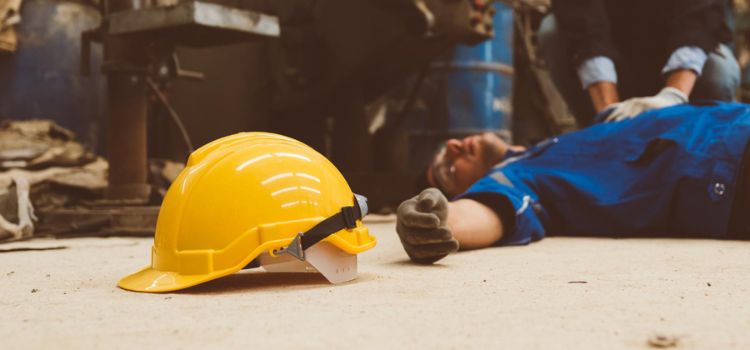
Accident investigation isn’t about pointing fingers or assigning blame. Instead, it’s a crucial step in identifying the root causes of accidents and preventing them from reoccurring. By conducting a proper investigation, contractors can pinpoint the factors that led to the incident—be it human error, equipment failure, or environmental hazards. Understanding these causes allows contractors to implement measures to improve site safety, thereby protecting workers and avoiding costly project delays.

Accident investigation is not just a legal requirement but a critical tool for improving safety and preventing future incidents on construction sites. By understanding the causes of accidents, you can implement effective measures to protect your team and reduce costs. Continuous improvement through proper training will keep your projects running smoothly and your workers safe.